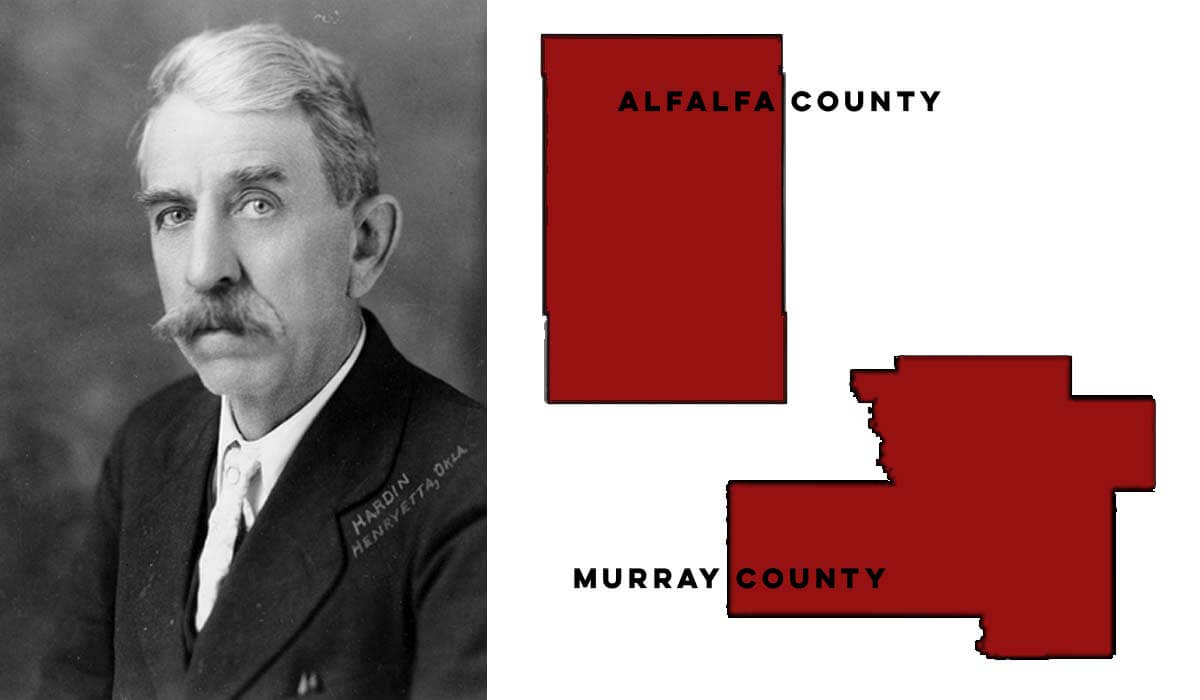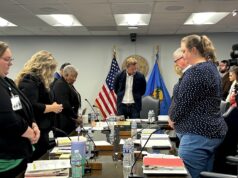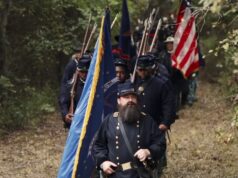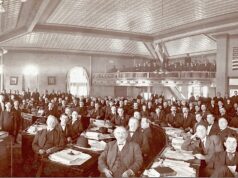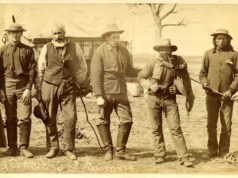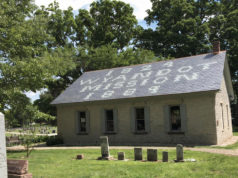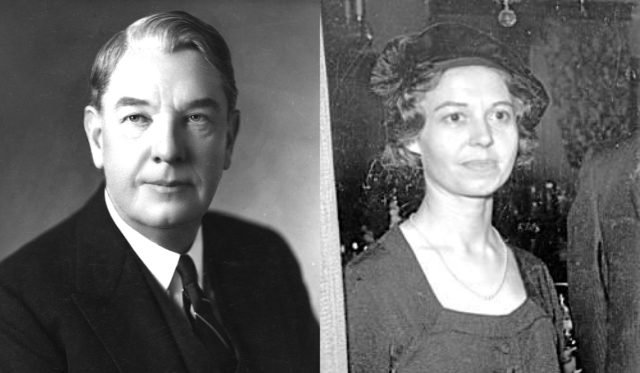

When it comes to politicians, voters seldom ever know what they might be getting. Not so in Oklahoma.
Consider the example of E.W. Marland (1874-1941), Oklahoma’s 10th governor (1935-1939). He followed, in time but not temper, the eccentric (and bigoted) Gov. Alfalfa Bill Murray.
Marland was a lawyer-turned-oilman who entered politics after making and losing a couple of fortunes in Pennsylvania and Oklahoma. The Marland Oil Company had been a big deal in and around Ponca City until it was wrestled from him by Republican bankers back East and renamed Conoco.
To show those guys what was what, Marland left the Republican Party, became a Democrat, and got himself elected to the U.S. Congress from a formerly Republican district. At the end of his term, he decided to run for governor of Oklahoma. Impressed with Franklin D. Roosevelt’s response to what would be known as the Great Depression, Marland wanted to bring a similar version of the New Deal to Oklahoma.
Boom, bust and a sculpture
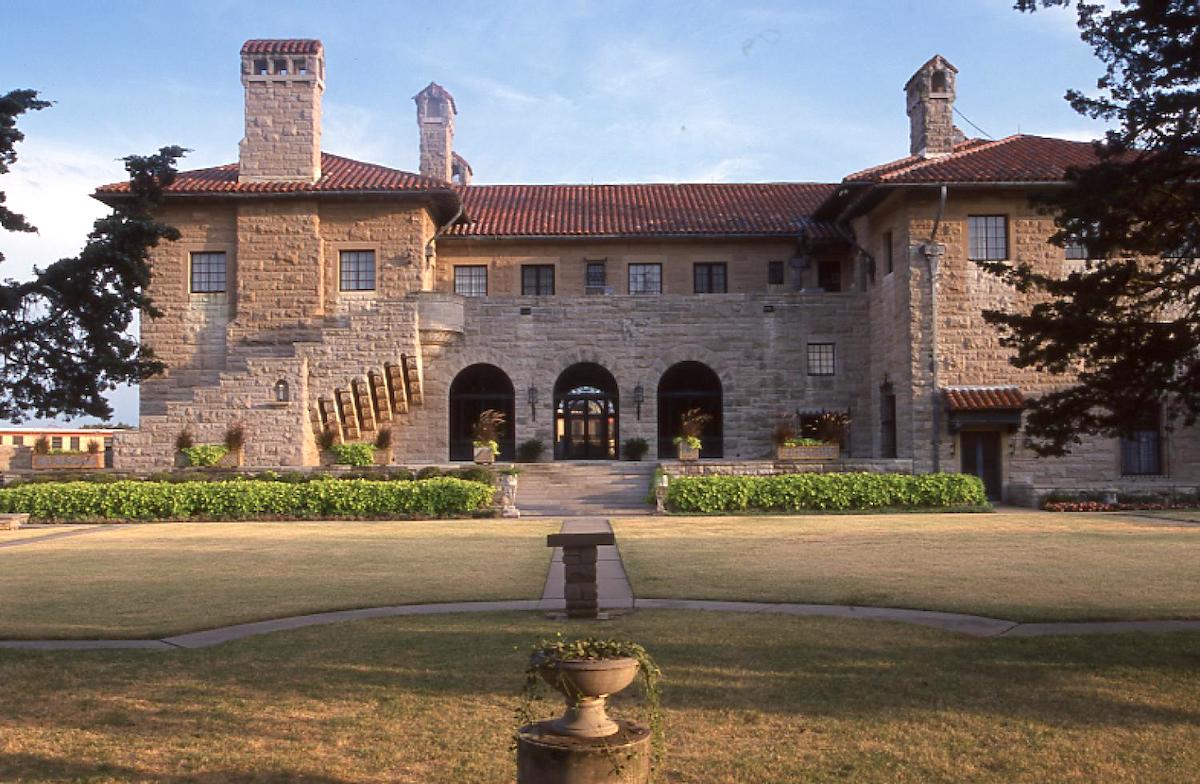
Marland had a base. When he had lots of money, he did many good things for Ponca City. He built a hospital and some city parks, as well as establishing his estate and the mansion thereon, the construction of which would take several years. He made Ponca City a tourist attraction.
As governor, Marland accomplished some notable things for Oklahoma in the areas of education and public safety. The Oklahoma Highway Patrol, for example, owes much to Marland’s vision.
But his “Little New Deal” went nowhere with state legislators, who thought it was too expensive. So, after his term as governor, Marland ran for the U.S. Senate. He lost that race. His last political effort was to run again for a seat in the U.S. Congress, and he lost that one, too.
Of course, when it comes to E.W. Marland, there’s always that other thing.
Marland and his wife, Virginia, were childless. Mrs. Marland, however, had a sister back East who was the mother of two, a boy named George and a girl named Lydie. The Marlands persuaded Virginia’s sister that they could provide for her children better than she could, and the sister agreed.
The Marlands adopted George and Lydie. The little girl was 10 years old. Her uncle was now her father.
Virginia Marland died in 1926. Two years later, Marland had the adoption amended. Lydie’s father became her uncle again, but only briefly.
Marland married Lydie. He was merely 28 years her senior. There was talk.
So, Oklahomans elected a governor who had married his daughter. The one who used to be his niece. The one from whom he had commissioned a life-size sculpture.
Imagine what must have gone on in Lydie’s head. Her uncle had become her father and then her husband. No wonder she was shy, quiet and intent upon avoiding crowds of people. Could she function as first lady?
Perhaps Marland merely needed an ornament. He did not care much for the company of women, preferring male companionship. He was not known to express romantic feelings for any female, though he spoke fondly of an unnamed girl somewhere in his Eastern past.
Suggesting what? Oklahomans had elected a governor who married his niece/daughter and preferred the company of men to women. Well, one may read John Joseph Matthews’ artsy-fartsy biography of Marland — Life and Death of an Oilman — and decide for one’s self regarding the governor. (I believe it was Oscar Wilde who said history was “merely gossip.” Matthews’ book certainly qualifies, but most folks who seek to be definitive at least cite who authored the gossip. Matthews, however, has neither notes nor bibliography, or even an index.)
Contemplate the various ironies of E.W. Marland
After Marland’s death in 1941, Lydie became a recluse for better than a decade before leaving Ponca City for parts unknown. Nobody knew she was gone until a couple of years later.
RELATED
History is clear: Alfalfa Bill Murray was a terrible bigot by William W. Savage Jr.
Eventually, Lydie returned to Ponca City, living in a small house on the grounds of the Marland estate. Sometimes, people would see her sitting alone and singing to herself. When the occasional journalist would show up to try taking a photograph, local police would quietly intervene to protect her privacy.
Lydie went from niece to daughter to wife to first lady to bag lady. She died in 1987, 46 years after the death of her uncle/father/husband, who had himself gone from lawyer to oilman to failure to politician to failure.
The statue of Lydie that Marland commissioned may be seen in Ponca City. She had paid someone to remove and destroy it before she left town, but it was only partially damaged and was restored after her death. If you visit the mansion, you can look upon her, if you wish. While you’re in town, take a look at Pioneer Woman, another statue commissioned by Marland.
And while you’re looking, you can contemplate the various ironies.
Is this a great state or what, Superintendent Walters?









